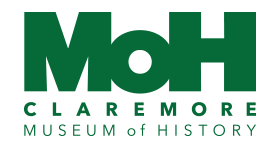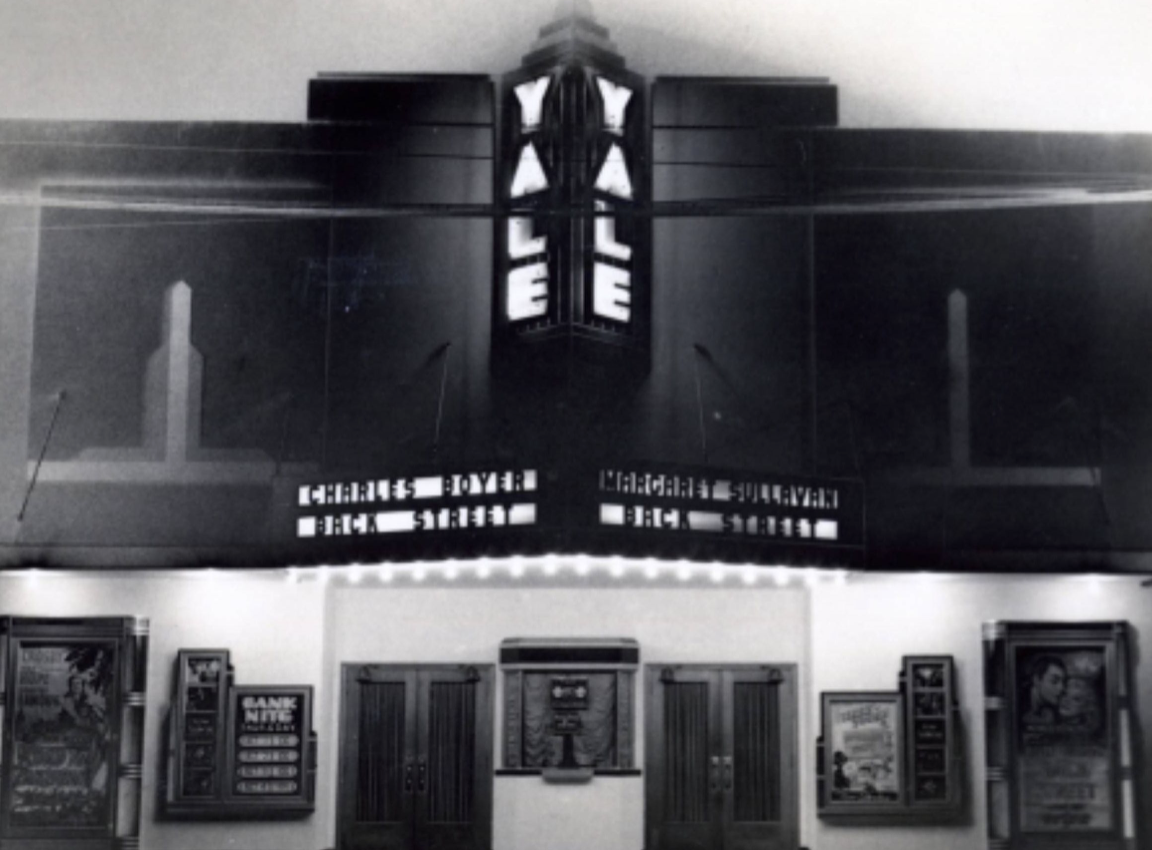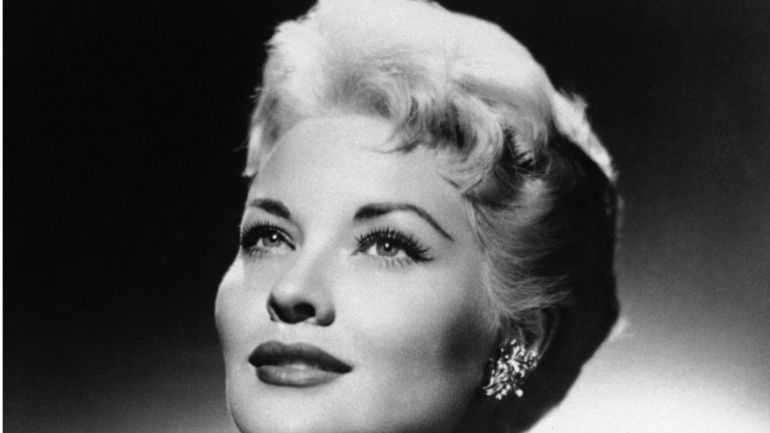ONCE THERE WAS THE PALACE, THE CADET AND THE YALE
Published in the Claremore Daily Progress on September 24, 2011 by Larry Larkin
There is no trace of them today, but Claremore movie fans once had to make a decision. Three theaters were located within a block of each other smack dab in the middle of the main business section. Like the community’s ice houses and full-service gasoline stations, the local downtown movie houses are no longer. During the troublesome 1930’s and ‘40’s people across the United States went to the movies to be entertained, or maybe to forget their everyday worries or troubles for a couple of hours.
Most towns of any size at all had at least one movie house. Adults and youngsters alike came to enjoy the sights and sounds coming from the silver screen. Claremore was no different. It featured the Palace, the Cadet, and the Yale for years. The lights on the marquee at each were bright outside calling seven days a week. Evening features or afternoon matinees, it didn’t matter.
The Palace was located on the south side of the West 500 block of Third, Claremore’s main street. It was near Collins Drug. After it closed during the late 1950s the prime location building was used for several businesses, including the weekly newspaper The Rogers County Observer. The whole city block was demolished in order for RCB Bank to add a new facility and drive-thru service.
Down one block to the east across the street stood the Cadet. It was located next to the Wilson Hardware building and Claremore (Shoe) Rebuilders. Its name was in honor of the students at Oklahoma Military Academy. It was turned into a four-lane bowling alley around 1960.
The biggest and nicest theater was the Yale. It was on Missouri Street, less than a block south of the others. Next door was the Claremore Post Office/Federal Building. The Yale was complete with a balcony and full stage facilities for live performances.
The old post office building still stands at the same location which once was a horse stable owned by Clem Rogers. The movie house was leveled in the 1980s to make way for a RCB parking lot. Moving pictures actually begin in the late 1890’s around New York and New Jersey. It didn’t take long to realize good weather was needed for outside scenes. This resulted in the various companies moving to Hollywood where it was boasted the sun shines 365 days a year.
It was here where some of those companies grew to become known as MGM and Paramount and on a slightly smaller scale Columbia, Universal, and RKO. These studios turned out the major productions. They had the top stars like Clark Gable, Jean Harlow, Spencer Tracy, Myrna Loy. In order to film the high dollar productions, however, the top studios also had to turn out cheaper movies at a higher rate. Money these movies brought in by ticket sales was used to finance the bigger ones.
B’s Are Better. If the major movies were the “A” features, they second group had to be the “B” movie. The industry also had numerous smaller studios like Ascot and Victor, mostly forgotten today. Most operated on a shoestring budget. They didn’t have the big named actors, or the funds for the background sets. Still, they turned out movies as fast as they could while spending as little money as possible. It was not unusual for them to film three or four movies at the same time using the same actors, production people and sets. The only difference would be the name and plot.
No one expected a “Gone with the Wind” production from this group. All of their movies fell in the “B” directory. To the studio money counters the “B” here stood for Budget. For the younger viewers especially, the “B” meant Better. It was these movies that offered more excitement, more action, and usually a whole lot less kissing and romance. Here in Claremore each of the three theaters had a slight different clientele. The Yale presented the bigger movies with the major stars while both the Palace and the Cadet catered to the “B’s.” To watch James Stewart and June Allison team up, the local viewer would go to the Yale. To see Roy Rogers and Trigger, a ticket at the Palace was needed. Ma and Pa Kettle would be showing at the Cadet. Both of the smaller theaters would switch back and forth with their format.
Only 10 Cents – On Saturdays it was possible to hit all three locations. All was needed was three dimes. Until 1948 the child’s admission at each was 10 cents. Adults paid 25 to 40 cents, depending on the theater. Each evening for this price you could see the regular presentations plus the latest news reel, cartoon, a short feature like The Three Stooges, and the coming attractions. Saturday was the topper, however. The viewers at the Palace and Cadet watched all of the above PLUS the latest thrilling serial chapter.
The Yale viewers were not left out. After viewing the regular double feature ticket holders could stay and watch a special 11:30 p.m. preview showing of a third picture. Between 1942 and 1946, nearly 60 million Americans a week attended a movie. That attendance plunged nearly 75 percent between 1946 and 1960. The small local theaters and the post World War II boom of new drive-in outdoor theaters took a nose dive. As television invaded homes trips to the movies fell by the wayside during the next two decades.
First the Palace, then the Cadet, and finally the Yale; each closed for the lack of business. It was the same for the Rogers Drive-In east of town during the 1950’s. When the Yale closed the out-of-state owners opened a smaller theater at Ne-Mar center. The center drew large crowds of teenagers, but the theater lasted only a few years. Adults stayed away because of the crowds and the young people were more interested in visiting with each other in the parking lot and driving back and forth on Will Rogers Boulevard.
Today Claremore has a Cinema 8 located on Country Club Road near Wal-Mart. Although it has eight screens and does a good job of showing the latest features, something is lacking. Today’s movie makers are more interested in filming special effects scenes than telling a story. No longer can the viewers ride the western plains with Tom Mix and Gene Autry, laugh at the misadventures of Abbott and Costello, or help Humphrey Bogart solve the mystery of the Maltese Falcon. Thanks to the Palace, the Cadet, and the Yale, Claremore movie goers once were able to do so.



